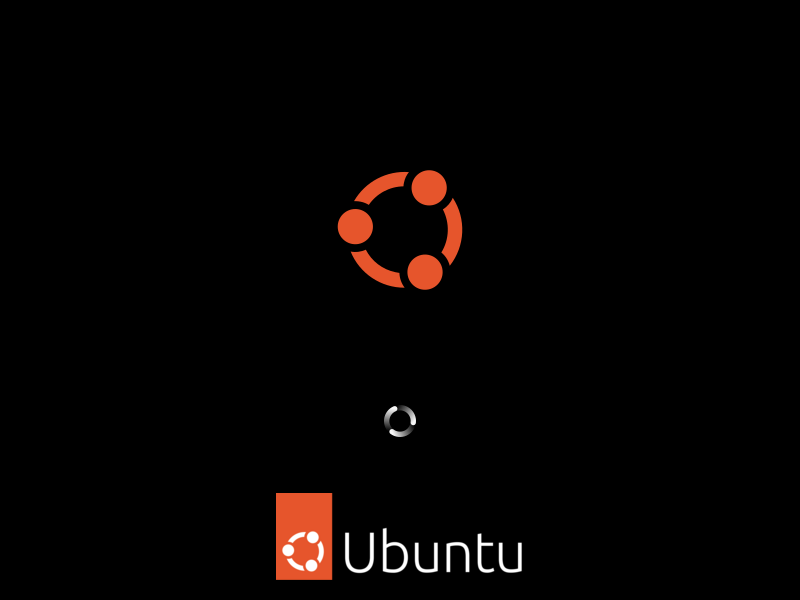- Posted on
- Featured Image
Master advanced Bash scripting techniques with the guide "Advanced Bash Tricks and Techniques for Linux Users." Elevate your shell command skills with `shopt`, directory navigation via `pushd` and `popd`, and text manipulation tools like `awk` and `sed`. This article is indispensable for Linux users, sysadmins, and developers aiming to boost their command-line efficiency and prowess.
